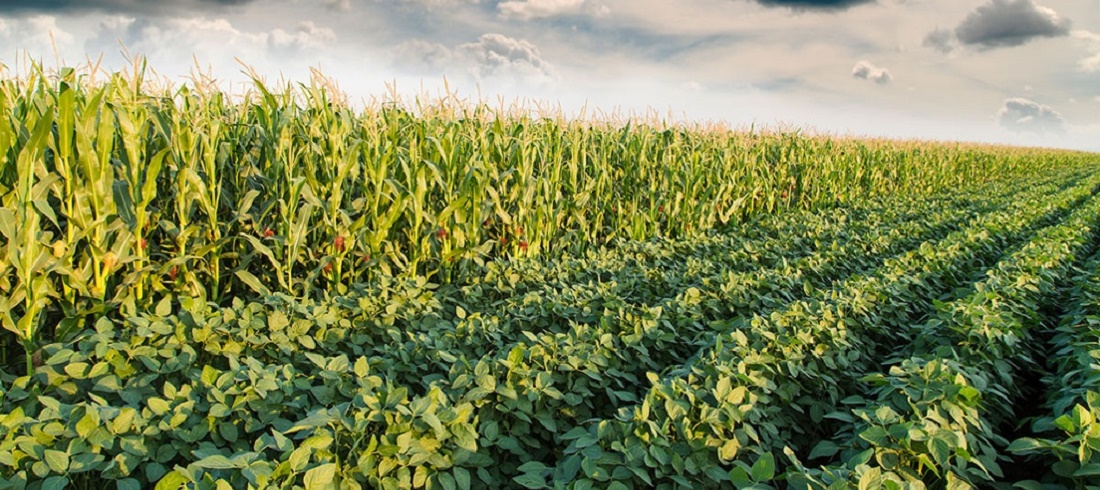
Rains compromise soybean crop potential
May, 14, 2024 Posted by Gabriel MalheirosWeek 202419
The heavy rains battering Rio Grande do Sul have made losses in the state’s soybean crop inevitable. According to projections by the consultancy Pátria Agronegócios based on the climatic impacts observed up to Monday, Rio Grande do Sul producers are expected to harvest 17.57 million tonnes in the 2023/24 cycle.
This estimate is 2.4 million tonnes lower than initial projections for the state. Nevertheless, it represents a 35% increase compared to last year’s crop, which was severely affected by drought. In April, the consultancy projected a yield of 19.93 million tonnes.
Matheus Pereira, director of Pátria Agronegócios, confirmed to Valor that the revised forecast for the Rio Grande do Sul crop is the most conservative possible within a scenario where producers and analysts expect further losses, given that the rains persist and hinder a more detailed assessment of the situation. “It will be challenging to grasp the full extent of the crop failure in the state at this moment. I believe it will take months to measure how much will not be harvested,” he said.
An analysis by the consultancy shows that the most affected crops are in the eastern region of Rio Grande do Sul. However, even in the northwest of the state, where the main producers are concentrated, losses are not ruled out.
“In the northwest of the state, the crops did not suffer from flooding. However, there was an excess of rain that will certainly impact the quality of the plants that can be harvested,” Mr. Pereira said.
Décio Lopes Teixeira, vice president of the Association of Soybean and Corn Producers of Rio Grande do Sul (Aprosoja-RS), said that farmers should not harvest soybeans in extremely wet conditions.
“Those who risked harvesting under these conditions might face even greater losses. There are reports of producers who harvested the grain in such conditions, and the industry refused to accept it. It is not worth harvesting with high humidity. The ideal is to wait for the rain to pass,” he said.
Mr. Teixeira estimates that between 200 to 300 hectares still need to be harvested in the Planalto Médio region, an area in the northern half of Rio Grande do Sul that he monitors closely. In this area, the losses are not yet consolidated, according to him.
“The excess rain has left the crops black, which is a sign that the grain is spoiled. But there is still a chance for harvesting. The damaged soybeans still contain oil and protein that can be utilized. The main impact will be a 50% loss in grain weight,” he estimated.
The heavy rains that have battered urban and rural areas of Rio Grande do Sul since the end of April have already caused losses of R$1.3 billion in the state’s agriculture. An additional R$73.7 million in losses have been recorded for livestock, according to updated calculations by the National Confederation of Municipalities (CNM) on Monday, May 13.
According to a report from the entity, considering all sectors of the economy, the total damage exceeds R$8.6 billion, with R$2.3 billion in the public sector and R$ 1.7 billion in the private sector. The housing sector, with R$4.6 billion in losses, has been the hardest hit.
-
Meat
Mar, 19, 2020
0
Pork exports grow despite logistical problems caused by coronavirus
-
Oil and Gas
Aug, 27, 2019
0
Petrobras confirms oil spill in Campos Basin
-
Economy
Jan, 23, 2024
0
Brazil eyes increase in exporting companies after 2023 record figures
-
Meat
May, 16, 2022
0
Pork exports to China fell in April

